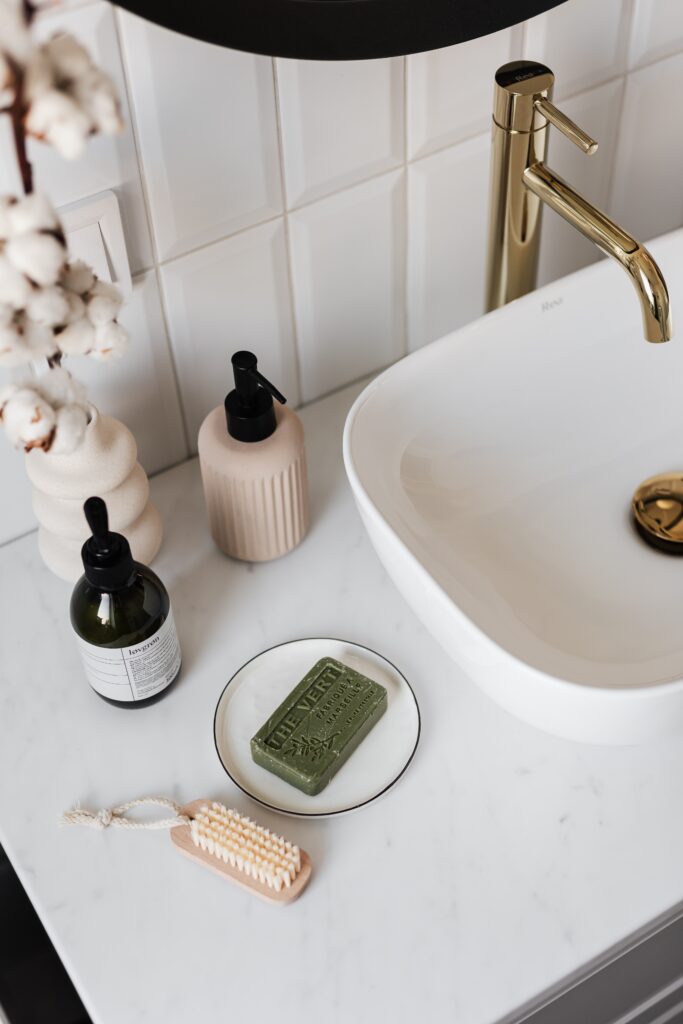 Bathrooms are usually the smallest spaces in our home. However, there is no shortage of decisions you’ll have to make if you’re ready to remodel your bathroom. Like other areas of your home, bathroom remodels (or two) can be a smooth process with careful planning and by working with a qualified contractor. Consider the following steps to help you organize your ideas and plan your project.
Bathrooms are usually the smallest spaces in our home. However, there is no shortage of decisions you’ll have to make if you’re ready to remodel your bathroom. Like other areas of your home, bathroom remodels (or two) can be a smooth process with careful planning and by working with a qualified contractor. Consider the following steps to help you organize your ideas and plan your project.
Find a Professional Remodeler. A general internet search of bathroom remodelers will generate dozens of names in your area. How do you figure out which remodeler has the training and expertise to complete your project? The best place to start is by utilizing a directory of professional remodelers. The National Association of Home Builders (NAHB) has a directory of professional remodelers in your area dedicated to the highest professional and ethical standards in the home building industry. If you have any concerns about social distancing or other safety measures, talk to your contractor.
Take an Assessment of Your Needs. Before you start thinking of floor tiles or tubs, the best place to start planning for your remodel is by making a list of your needs. Your needs might depend on what type of bathroom you are remodeling. If it’s a master bathroom, you might want to build out space or add double sinks. If you’re remodeling a bathroom for children, low-maintenance and durable materials might be a top priority. Multipurpose bathrooms for guests to use may benefit from simple designs such as easy-to-use fixtures. A clear assessment of your “must-haves” allows for a professional remodeler to provide substantive guidance and streamline your project.
Choose a Layout. If you’re planning on moving a toilet, sink or shower/tub then you’ll have to spend time thinking about how to best utilize your existing space. To help you decide on a layout think about what storage you’ll need, the size of the vanity you prefer and your desired level of privacy. You might be able to add space to your bathroom from an adjacent area, such as a nearby closet or room. A qualified remodeler will be able to tell you how changing the plumbing or wiring will add time and expenses to your project.
Determine Your Schedule. Let your contractor know if you plan on staying in your house during the remodel. If you’re working from home or if you have kids who are distance learning, tell your contractor. A professional can guide you on how to minimize significant disruptions. A contractor can also erect temporary walls to minimize dust in your home. If the bathroom you are remodeling is the only bathroom in the house, you may need to make some temporary alternate living arrangements.
To learn more about remodeling projects or to find a qualified remodeler in your local area, contact your local association here.

